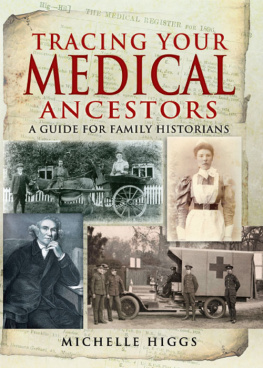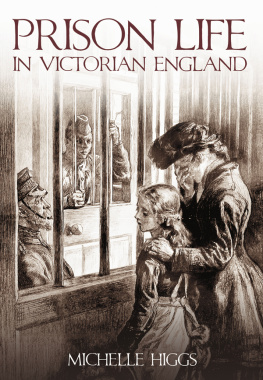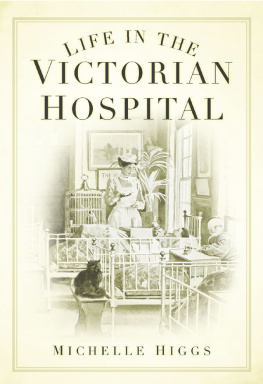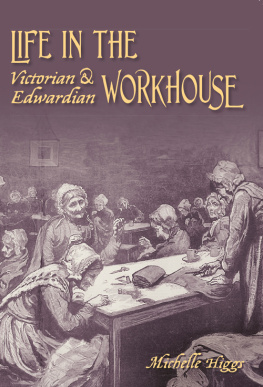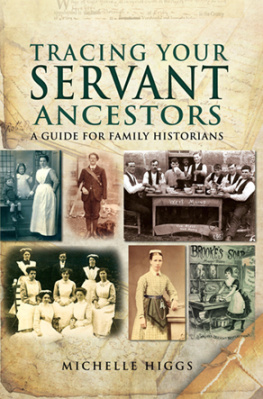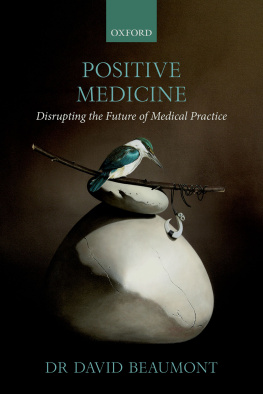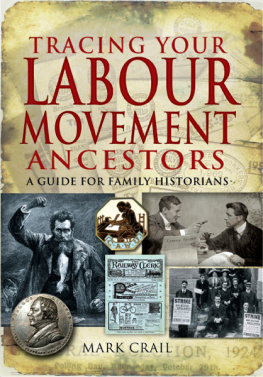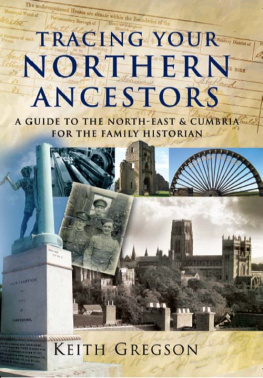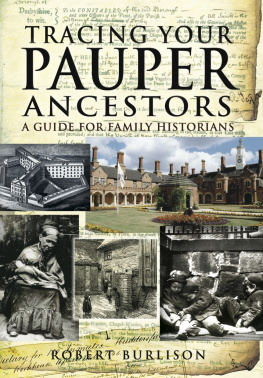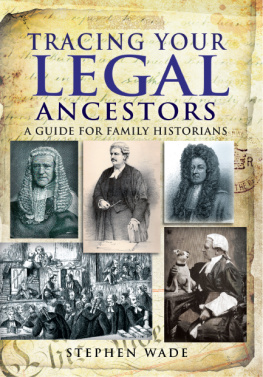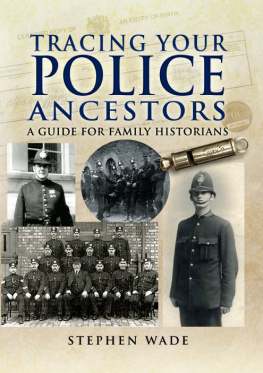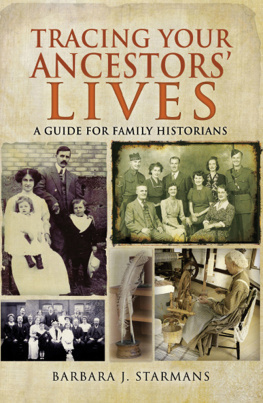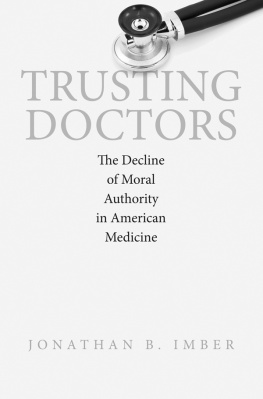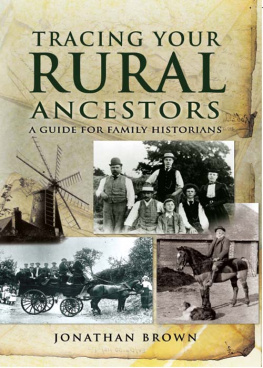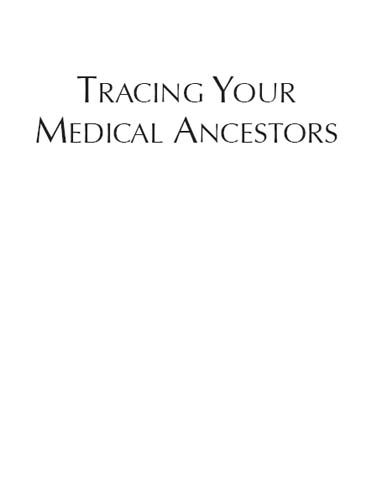
FAMILY HISTORY FROM PEN & SWORD BOOKS
Tracing Your Yorkshire Ancestors
Rachel Bellerby
Tracing Your Royal Marine Ancestors
Richard Brooks and Matthew Little
Tracing Your Pauper Ancestors
Robert Burlison
Tracing Your Labour Movement Ancestors
Mark Crail
Tracing Your Army Ancestors
Simon Fowler
A Guide to Military History on the Internet
Simon Fowler
Tracing Your Northern Ancestors
Keith Gregson
Your Irish Ancestors
Ian Maxwell
Tracing Your Scottish Ancestors
Ian Maxwell
Tracing Your London Ancestors
Jonathan Oates
Tracing Your Air Force Ancestors
Phil Tomaselli
Tracing Your Secret Service Ancestors
Phil Tomaselli
Tracing Your Criminal Ancestors
Stephen Wade
Tracing Your Police Ancestors
Stephen Wade
Tracing Your Jewish Ancestors
Rosemary Wenzerul
Fishing and Fishermen
Martin Wilcox
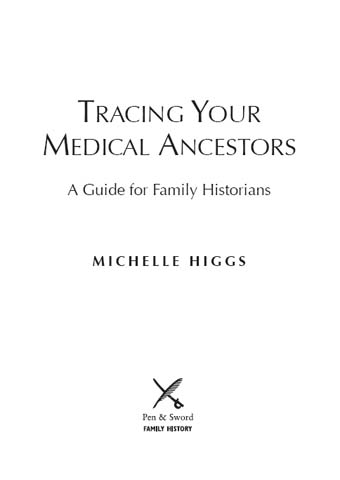
First published in Great Britain in 2011 by
PEN AND SWORD FAMILY HISTORY
an imprint of
Pen & Sword Books Ltd
47 Church Street
Barnsley
South Yorkshire
S70 2AS
Copyright Michelle Higgs 2011
ISBN 978 1 84884 277 9
Digital Edition ISBN 978 1 84468 662 9
The right of Michelle Higgs to be identified as Author of this Work has been asserted by her in accordance with the Copyright, Designs and Patents Act 1988.
A CIP catalogue record for this book is available from the British Library
All rights reserved. No part of this book may be reproduced or transmitted in any form or by any means, electronic or mechanical including photocopying, recording or by any information storage and retrieval system, without permission from the Publisher in writing.
Typeset in 10pt Palatino by Mac Style, Beverley, East Yorkshire Printed and bound in the UK by CPI
Pen & Sword Books Ltd incorporates the Imprints of Pen & Sword Aviation, Pen & Sword Maritime, Pen & Sword Military, Wharncliffe Local History, Pen and Sword Select, Pen and Sword Military Classics, Leo Cooper, Remember When, Seaforth Publishing and Frontline Publishing.
For a complete list of Pen & Sword titles please contact
PEN & SWORD BOOKS LIMITED
47 Church Street, Barnsley, South Yorkshire, S70 2AS, England
E-mail:
Website: www.pen-and-sword.co.uk
Every effort has been made to trace copyright holders of images included in this book. The publishers would be grateful for further information concerning any image for which we have been unable to trace a copyright holder.
CONTENTS
ACKNOWLEDGEMENTS
W hile writing this book, I received help and advice in locating information and illustrations from a number of different sources. I would like to express my gratitude to the following:
The staff of Birmingham Archives and Heritage Service; the School of Dentistry in Birmingham; Dudley Archives and Local History Service; the Wellcome Library, London; Dr Ian Paterson of the Northern General Hospital in Sheffield; and Robert Woods of Familyrelatives.com.
I would also like to thank the following people who were so generous with their time and their research:
Nick Baker, Stephen Due, Clayton Ford, Gloria Hargreave, Paul Morrell, David Waddy and Richard Waddy.
Finally, I would like to thank my husband Carl for his patience and support, and my family and friends for their encouragement during the writing of this book.
INTRODUCTION
I f you have a doctor, nurse or other medical professional in your family tree, there is a good chance you can find out more about his or her career from the available records. The likelihood of finding your ancestor listed depends to a large extent on when he or she lived and worked; for instance, for physicians, surgeons and apothecaries, there are more sources to try from the early nineteenth century onwards, while for nurses, the number of official records increases from the 1920s. The efforts of the various medical professions to organise themselves helped to enhance their status, and also created an invaluable paper trail for family historians.
Even if you cannot find your ancestor listed in any of the relevant sources, it is still possible to get a clearer picture of his or her working life from records of hospitals and professional associations, or from artefacts and photographs in medical museums.
This book aims to give an overview of the role, training and places of work for each medical professional included, as well as the sources which can be used to trace them. These include printed records, original sources and online databases. While online sources can give you a head start in your research, they are no substitute for visiting a specialist library or archive yourself.
It has not been possible to include every specialism or ancillary occupation, and this book is in no way intended to be a definitive history of the medical profession. A bibliography is therefore included in the appendices where you will find listings of more detailed publications about specific medical professions. Also in the appendices is a useful contacts section, with listings of relevant archives, museums and professional associations, in addition to a glossary of medical qualifications, and lists of the various terms and titles used to describe nurses.
How to use this book
This book is broadly split into four sections: the medical profession, the nursing profession, patients and sources. Within these sections, the professions are split out further with background information on working conditions, training and qualifications. In the places of work chapters, you will find more specific information about the areas in which your ancestor could have worked for example, hospitals, the British Army or general practice. There is also a development of the profession section, which deals with various specialisms in both the medical and nursing professions, such as gynaecology, radiography and district nursing.
Throughout the book, you will find case studies of real people whose careers have been traced using the available records. The sources section discusses these records and others in greater detail, showing how they can be used to trace your medical ancestor. This book assumes you have no previous knowledge of family history, but if you already know the basics of genealogical research, simply dip into the sections you are most interested in.
Section 1
THE MEDICAL PROFESSION
Chapter 1
THE ROLE OF THE MEDICAL PROFESSION
B efore the nineteenth century, qualified medical men were divided into three distinct categories: physicians, surgeons and apothecaries. Physicians were without question at the top of the tree in terms of status. They were the rarest of the medical profession, having a university degree (although not always in a medical subject), and they alone held the qualification MD (Doctor of Medicine) and the title of doctor. They attended patients to offer advice and suggest remedies for ailments, charging high fees for the privilege. They did not dispense any medication and tended to practise only in the larger towns and cities where there was a suitably wealthy clientele.
In the eighteenth century, physicians could study at Oxford, Cambridge, Edinburgh, Glasgow, Aberdeen or St Andrews universities to obtain their degrees. Would-be physicians who were non-Anglicans were excluded from British universities, and instead studied abroad, with Leiden, Rheims and Padua being the most popular. At this time, physicians were the only members of the medical profession to be accepted in society as gentlemen.
Next page
